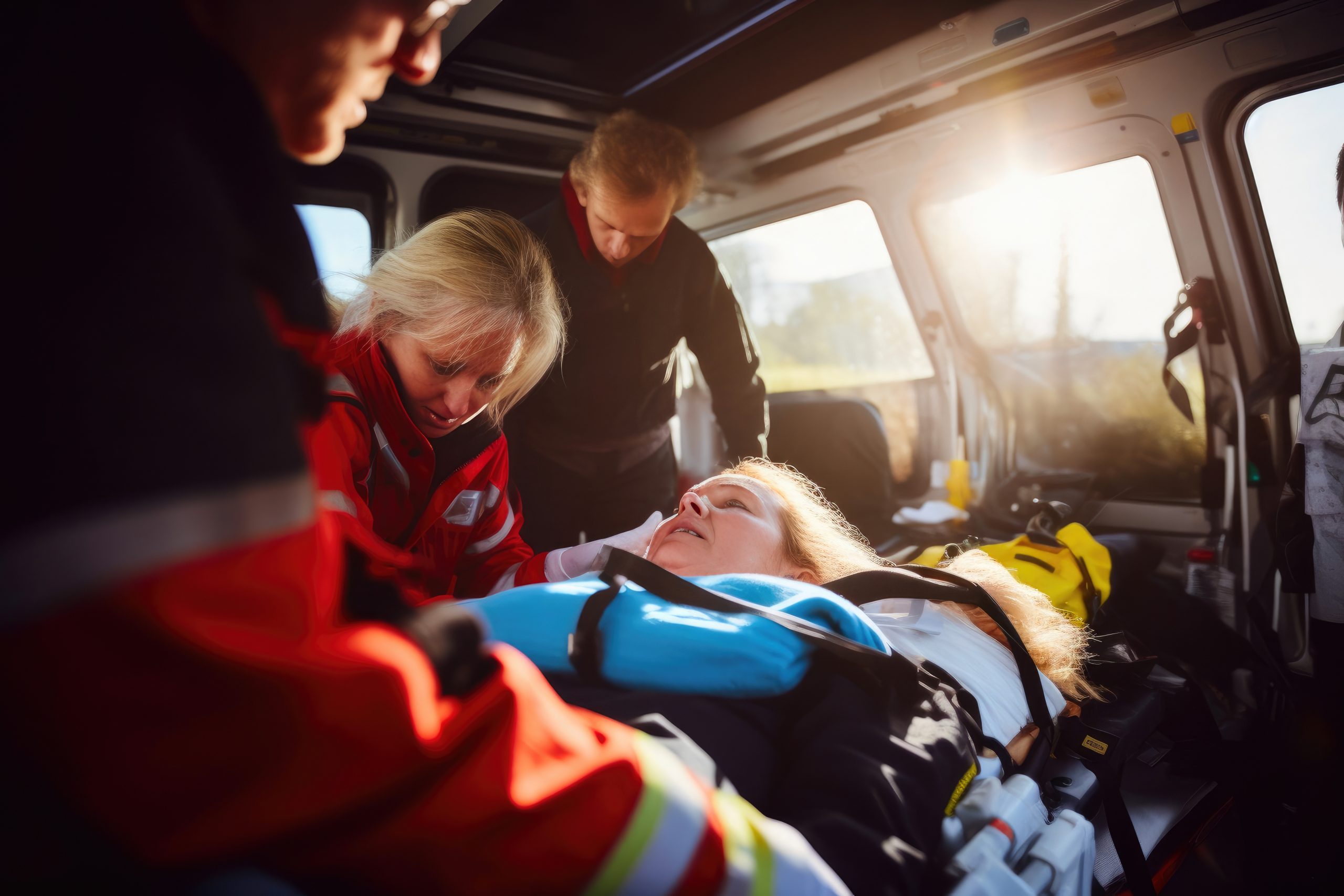
How to become a doctor on rescue helicopters in Europe
Paths and Requirements for a Career in Air Medical Services
Training Paths and Requirements
To become a physician in air rescue helicopters in Europe, it is essential to have specialized medical training, preferably in anesthesia or emergency medicine. Interested doctors should have significant pre-hospital experience, which can be gained through Helicopter Emergency Medical Service (HEMS) units or pre-hospital emergency medicine programs such as BASICS or EMICS. Additionally, specialized training in Aviation and Space Medicine can be a pathway into this field. This type of training includes basic and advanced courses in aviation medicine, each lasting approximately 60 hours, and can be completed at institutions like the European School of Aviation Medicine.
Recruitment and Selection
The recruitment process for doctors working on rescue helicopters is rigorous and selective. Candidates must pass a series of practical and theoretical assessments, including medical, trauma, and resuscitation scenarios, as well as interpersonal and teamwork skills tests. Recruitment often begins with announcements in medical journals and on websites such as NHS Jobs. Once selected, doctors and Pre-Hospital Emergency Medicine (PHEM) trainees are supervised and mentored by experienced HEMS consultants.
Required Experience and Skills
In addition to clinical skills, doctors on rescue helicopters must develop leadership and team resource management skills, as they often play a guiding role in emergency situations. The experience gained working in this unique environment includes pre-hospital trauma management, anesthesia, and emergency surgical procedures. Relevant training courses include advanced life support for adults and children, major incident life support, and advanced trauma life support.
Conclusion
The profession of a physician in air rescue helicopters offers a unique and rewarding experience, with the opportunity to make a difference in the lives of patients in critical situations. However, it requires significant commitment in terms of training, experience, and skills. Those pursuing this career will have the opportunity to work in a dynamic and stimulating environment, making a crucial contribution to air rescue operations.
Sources


